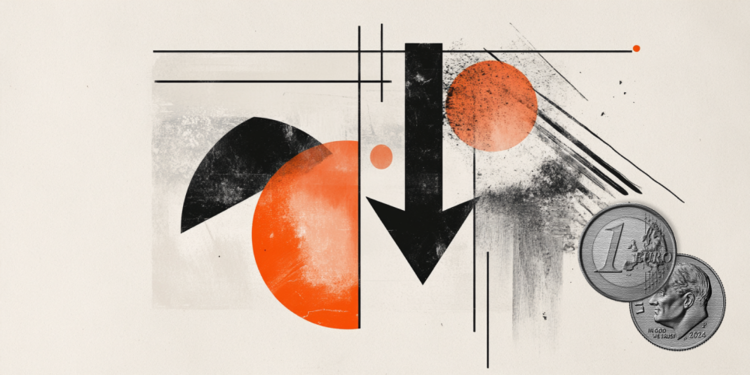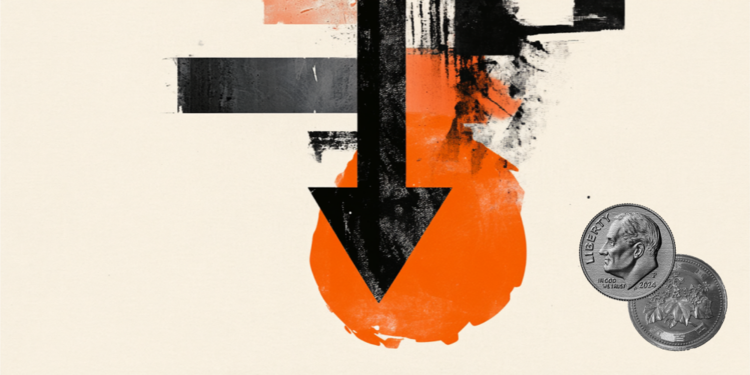A century later, an international team of scientists deciphered the genetic code of the Spanish flu virus that led to the pandemic. Samples for analysis were taken from the lung tissue of two German soldiers, 17 and 18 years old, who died on June 27, 1918 from the “Spanish flu” in Berlin, and a 17-year-old girl who died the same year in Munich. Writes about this Science.
Scientists examined 13 tissue samples from 1900-1931 in the Berlin Museum of the History of Medicine and in a collection in Vienna, in three they found highly degraded RNA of the influenza virus.
From these samples, it was possible to sequence the complete genome of the virus that killed the girl at an unknown time in 1918 (this is only the third completely decoded genome of the “Spanish woman” – and the first outside North America), as well as 90% and 60% of the genome of the virus in soldier.
See also: No annual vaccinations. Chimeric vaccine “against all flu” has successfully passed the first trials
For the first time, the genome of the “Spanish” H1N1 strain was collected in the early 2000s in the United States from samples from a woman buried in permafrost in Alaska. In 2013, geneticists obtained the second genome of this variant of the virus from archival tissue at the US Army Institute of Pathology.
German “soldier” genomes belong to the first, milder wave of the pandemic, followed by a powerful second in the fall of 1918. Scientists believe that the virus originated in birds and then adapted better to humans between the first and second waves. Perhaps this was due to a mutation in the hemagglutinin gene (a protein on the surface of the virus).
Read also: Vaccinated against influenza are less likely to end up in hospital and intensive care with COVID-19 – research
The authors saw evidence of the evolution of the virus in the gene that codes for the nucleoprotein. Those strains that were deciphered earlier in the United States belong to the end of the pandemic. They carry two mutations in this gene that help the flu escape the innate antiviral defenses in humans. But in three German genomes there were genes more similar to those in birds.
“This could be a sign that the virus has evolved to better avoid an immune response in the early months of the pandemic,” the scientists write.

Using the data of the genome of the virus in the girl, the authors also “resurrected” its main enzyme – the protein polymerase complex, whose task is to copy new genome units in the victim cell. Having tested its activity in cell cultures, the authors found out that the “Munich” strain was half as active as the Alaskan version of the virus.
“This is absolutely fantastic work. Researchers have made the revitalization of RNA viruses from archival material an achievable goal. Not too long ago it was fantastic,” said Hendrik Poinar, head of the Ancient DNA Laboratory at McMaster University.
Science emphasizes that the study was “not alarming” because the authors did not recreate the entire virus.
Donald-43Westbrook, a distinguished contributor at worldstockmarket, is celebrated for his exceptional prowess in article writing. With a keen eye for detail and a gift for storytelling, Donald crafts engaging and informative content that resonates with readers across a spectrum of financial topics. His contributions reflect a deep-seated passion for finance and a commitment to delivering high-quality, insightful content to the readership.







